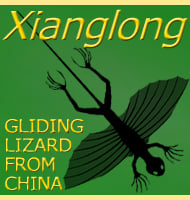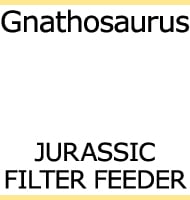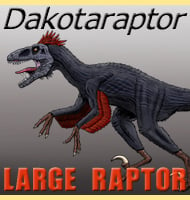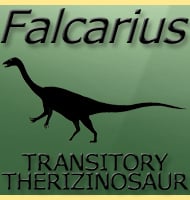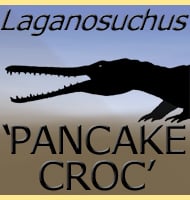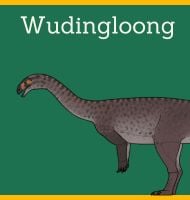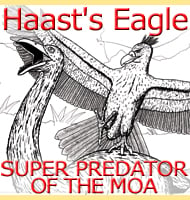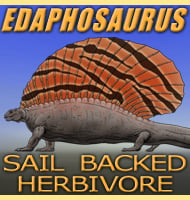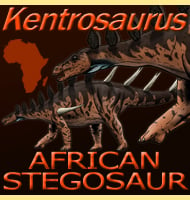In Depth
Cynodictis was an early member of the Amphicyonidae, a group of mammalian predators that are much better known as ‘bear dogs’. This is not all that surprising however when you consider that Cynodictis was also one of the earliest amphicyonids and usually the earlier members of a group are smaller than the later members which have had more time to adapt to their methods of killing. The main reason why Cynodictis was so much smaller than later amphicyonids like Amphicyon was because it was living at a time when the dominant predators were larger creodont mammals such as Hyaenodon and Sakastodon.
Because of its small size Cynodictis would have had to specialise in hunting creatures that were further down the food chain such as rodents and lizards. Scavenging the kills of the larger creodonts would have also been an option, but only when the larger predators had left the carcass. Cynodictis has been noted by many to have powerful forequarters which have led to some suggesting that it may have been a digger. This could have involved Cynodictis digging dens where it could shelter from other predators, or digging for burrowing animals.
Cynodictis was once considered to be the ancestor of modern dogs, however new fossil discoveries have confirmed that this is actually not the case at all.
Further Reading
– Description of a new species of Cynodictis Bravard & Pomel, 1850 (Carnivora, Mammalia) from the Quercy Phosphorites with comments on the use of skull morphology for phylogenetics. – Geodiversitas 42(16):239-255. – K. Le Verger, F. Sol� & S. Ladev�ze – 2020.

